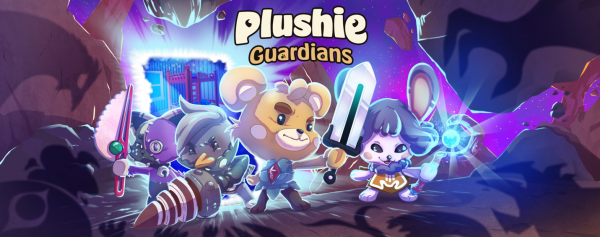The crypto meltdown left 12,100 coins in zombie trading limbo
When it comes to putting a number on this year’s crypto swoon, the most commonly quoted one is $2 trillion, the market value of digital assets that disappeared in the downdraft. But here’s a number that captures the breadth of the crypto bear market: 12,100. This is the number of crypto tokens that have effectively stopped trading this year, according to data provider Nomics – not technically dead, but like zombies, not quite alive either.
Most blockchain projects are built around custom digital coins, which often act as user rewards and compensate developers for their work, giving them an incentive to stay involved. During last year’s price run-up, thousands of crypto startups issued new tokens to support these projects, and bullish sentiment meant there was good demand for the market to absorb the vast majority of them and still drive prices higher. All that changed this year, as macroeconomic conditions put investors off risk assets and token prices fell. The implosion of the Terra blockchain, as well as the collapse of hedge fund Three Arrows Capital and crypto firms such as Celsius Network caused a further sell-off and cooled venture capital funding. The largest tokens, such as Bitcoin and Ether, suffered major declines before finally finding support. But for many coins that back riskier and sketchier endeavors, the downturn has delivered something of a knockout blow.
Nomics compiled an analysis of coin activity for Bloomberg and discovered that more than 12,100 tokens have become “zombies” this year, defined as tokens that have not traded for a month. That is more than twice as many as in all previous years combined, it found. “During the bull market of 2021, there was a lot of money, attention and liquidity for new and existing projects,” said Jacob Joseph, analyst at CryptoCompare. “In the ongoing bear market, however, even good projects with utility will struggle to maintain their operations when they lose access to capital and financing.”
This contrasts with the surge in initial coin offerings during the previous bear market that began in 2018. Then, startups issued coins—often illegally, it turned out—to raise funding. Most ICOs didn’t have working prototypes, much less users; when they went under, only investors got burned. And the market was smaller: in 2018, a total of 136 tokens were turned into zombies, while 766 coins received that designation in 2019, well below this year’s level.
It’s hard to know the scale or seriousness of the projects affected this time, though some are likely memes, short-term mortgages or small personal projects done for fun, according to Nomics co-founder Nick Gauthier. Many, such as a project called BoomSpace, which claimed to work on blockchain games, no longer have a live website, but only a Twitter account that hasn’t been updated in months. Elonmoon, a token for a game related to lunar exploration, has a warning on tracker CoinMarketCap, “We have received several reports that some holders cannot sell their tokens. Please be careful and do your own due diligence!”
Even among active coins, trading can be thin. Of the more than 64,400 assets Nomics tracks, only about 13,800 had trading volume in a recent 24-hour period last week. And there are countless coins that aren’t quite zombies yet, but almost, trading for a fraction of a cent – like Terra Classic – and maybe even giving the adventurous a chance at winnings.
While many projects held their own coins as a backup during the boom, the current environment suggests that startups take a more cautious approach, perhaps holding more widely traded and valued coins like Ether or even cash as a backup. “I think crypto projects are going to need to make sure they’re ready for the lows as much as they want to ride the highs,” Gauthier said. Still, with no market environment expected to fail, the ranks of the zombies are likely to increase, said John Griffin, a finance professor at the University of Texas at Austin.
Unlike other industries, it is not as noticeable in crypto when coins turn into zombies and projects are effectively shut down. “There’s no storefront to put up, no inventory to sell, no employees to claim unemployment,” said Aaron Brown, a crypto investor. “Just people losing interest in a token and moving on to other things.”
This dynamic is one reason why new coins continue to be born as others are abandoned, and why it is possible that the next bull market will bring even more new tokens – many of which may become zombies in time. “Since the cost of a crypto startup is close to zero, and anyone in the world can try without discrimination or regulation, many will continue to try,” said Aaron Brown. “Where do you think the dead coins pile up?” he added: “It’s not like cyberspace is a warehouse with limited capacity.”
Olga Kharif is a crypto reporter at Bloomberg
Get all the business news, market news, latest news events and latest news updates on Live Mint. Download Mint News app to get daily market updates.
More less

